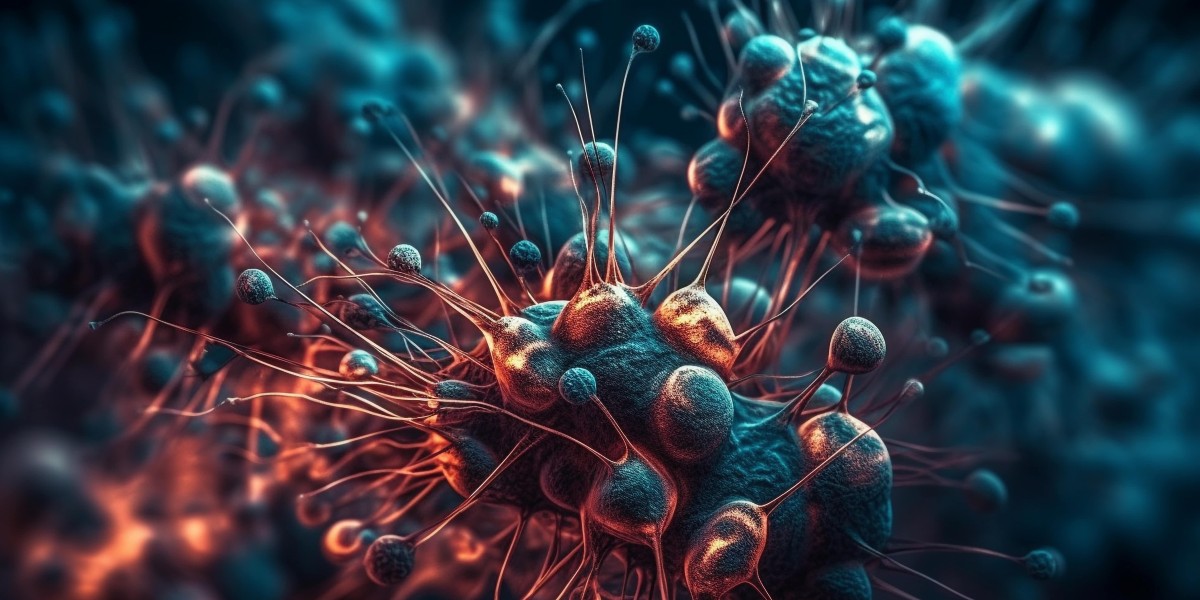Triple-Negative Breast Cancer: Essential Insights for Awareness Month
Breast Cancer Awareness Month serves as a crucial time to educate the public about the various forms of breast cancer, including Triple-Negative Breast Cancer (TNBC). TNBC is a particularly aggressive subtype that requires specialized knowledge for effective management and treatment. Here are some key facts about TNBC that everyone should be aware of:
Understanding Triple-Negative Breast Cancer
Triple-Negative Breast Cancer is characterized by the absence of three common receptors on the cancer cells: estrogen receptors, progesterone receptors, and human epidermal growth factor receptor 2 (HER2). This lack of receptors means that TNBC does not respond to hormone therapies or drugs that target HER2, which are commonly used for other types of breast cancer. As a result, TNBC is often more challenging to treat and typically requires a different approach.
Causes of Triple-Negative Breast Cancer
The precise causes of Triple-Negative Breast Cancer are not fully understood, but several risk factors have been identified. Genetics play a significant role; mutations in BRCA1 and BRCA2 genes are strongly associated with TNBC. Women with a family history of breast cancer, particularly those with these genetic mutations, are at higher risk. Other factors that may increase the risk include age, ethnicity, and personal history of breast cancer.
Recognizing Triple-Negative Breast Cancer Symptoms
Early detection is crucial for all types of breast cancer, including TNBC. Symptoms of TNBC can be similar to those of other breast cancers but may include a noticeable lump in the breast or underarm, changes in the size or shape of the breast, skin changes such as dimpling or redness, and persistent pain. Since TNBC tends to be more aggressive, symptoms can progress rapidly, making regular screenings and prompt medical consultation essential.
Treatment Options for Triple-Negative Breast Cancer
TNBC treatments typically involve a combination of surgery, chemotherapy, and radiation therapy. The absence of hormone receptors makes hormone therapies ineffective, so chemotherapy is often the primary treatment modality. Neoadjuvant chemotherapy, administered before surgery, can help shrink the tumor, making it easier to remove. In some cases, targeted therapies and clinical trials exploring new treatments may also be considered.
Recent advances in research have led to the development of novel treatments, including immunotherapy and targeted agents that may offer new hope for TNBC patients. These treatments are designed to enhance the body's immune response against cancer cells or target specific pathways involved in cancer progression.
Conclusion
During Breast Cancer Awareness Month, it's important to shed light on Triple-Negative Breast Cancer and the unique challenges it presents. By understanding TNBC's causes, symptoms, and treatment options, individuals can be better informed and more proactive in seeking medical care. Awareness and education are key to improving outcomes and supporting ongoing research into more effective therapies for TNBC.
Trending Reports



